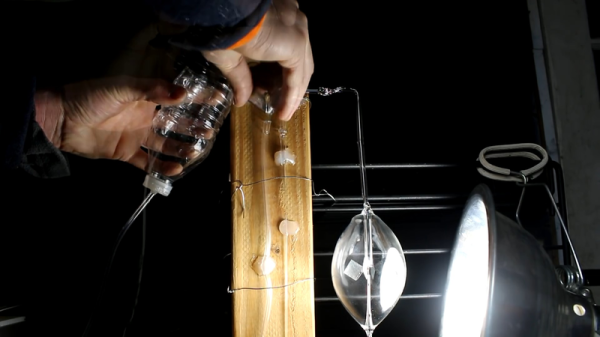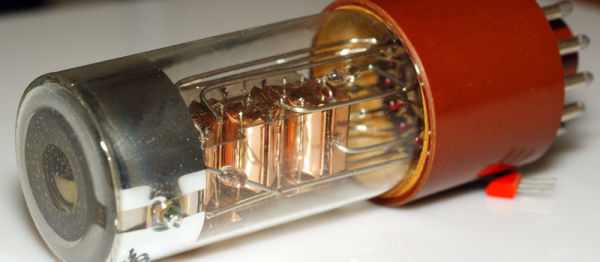Ever wish you could enjoy modern conveniences like YouTube in a retro world of CRTs and late 20th century graphics?
[Johannes Spreitzer] happened to find an old VIENNASTAR CRT (cathode-ray tube television) made by the Austrian brand Kapsh at a flea market. The CRT dates back to 1977 and uses just RF input, making it useless as a modern television set since most TV stations nowadays broadcast primarily in digital.

However, HDMI-to-RF transmitters do exist, making it possible to convert HDMI signals to RF or coaxial cable output to replace an antenna signal. What [Spreitzer] did next was to plug in a Chromcast and essentially convert the CRT into an old-school monitor. You can see some of the trippy graphics in the video below – the video samples shown fit the retro aesthetic, but I’m sure there’s video combinations that would seem pretty out of place.
HDMI-to-RF adapters are pretty easy to pick up at a hardware store, and they allow you to project videos onto specific channels on a CRT. Needless to say, they don’t work the other way around, although since there are still televisions that only pick up RF broadcasts, coaxial to HDMI adapters do exist.
Continue reading “Turn Your Old-school CRT Into A YouTube Media Player”


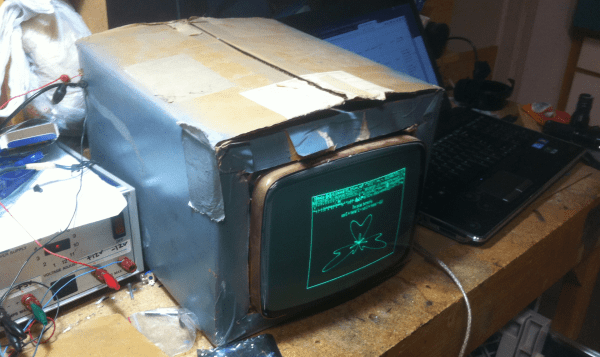
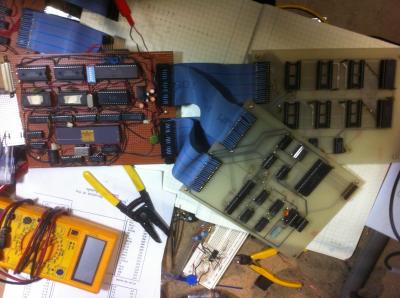 Way back in 1989, [MmmmFloorPie] was a senior in college. His capstone project was a 68000 based computer which could record and playback audio, as well as display waveforms on a CRT. The CRT in question was ordered from a classified add in Popular Science magazine. It was a bare tube, so the heavy cardboard box it shipped in was repurposed as a case.
Way back in 1989, [MmmmFloorPie] was a senior in college. His capstone project was a 68000 based computer which could record and playback audio, as well as display waveforms on a CRT. The CRT in question was ordered from a classified add in Popular Science magazine. It was a bare tube, so the heavy cardboard box it shipped in was repurposed as a case.